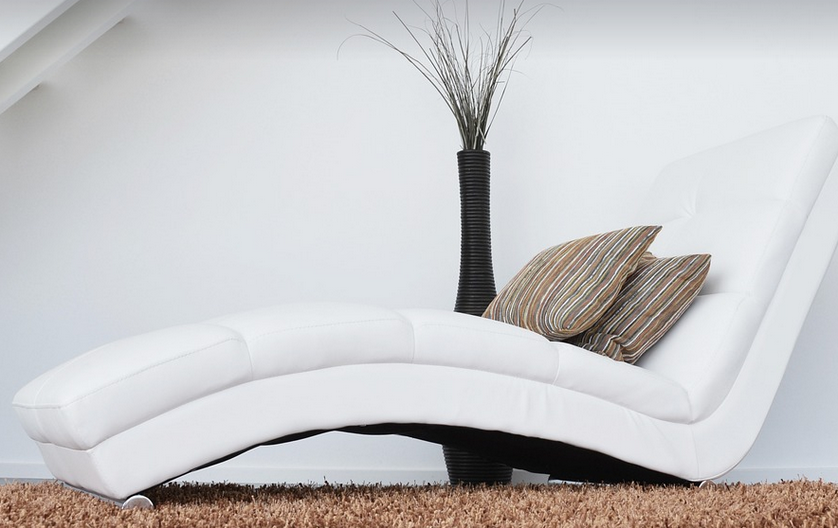
Why Is There Dirty Water In The Toilet Bowl After Flushing?
A Curious Conundrum: Unmasking the Source of Toilet Bowl Mystery
Have you ever flushed the toilet, only to find a disturbingly cloudy, murky residue in the bowl? It’s not exactly an inviting sight. This phenomenon, often dubbed “dirty water” after flushing, can leave anyone wondering what’s going on. While it might seem like a simple mystery, there are several plausible explanations for this uncharacteristic occurrence. Let’s delve into some of the common reasons behind this seemingly mundane toilet-bowl problem.
Firstly, let’s talk about water itself. The presence of “dirty” water in the toilet bowl is often a sign that the plumbing system isn’t quite working at its best. When it comes to flushing, water plays several roles: First and foremost, it acts as a medium for removing waste from your home. Second, it helps transport food scraps into the sewer system, where they are broken down by bacteria.
However, sometimes, water doesn’t flow smoothly through the plumbing system. This can lead to pockets of stagnant water or even blockages in the drain pipe. When you flush the toilet, this trapped water is forced upwards and then into the bowl, leaving an unpleasant residue behind because it’s mixed with waste material.
Now, let’s explore some other potential reasons for “dirty water” in a toilet bowl after flushing. A common culprit is the presence of unflushed waste. When you flush, you’re not simply getting rid of waste; you’re also moving it through the plumbing system. If the waste isn’t fully flushed away, it can linger in the bowl.
Sometimes, a build-up of grime or soap scum within the toilet bowl itself can contribute to this “dirty water” phenomenon. This buildup over time often results in water not draining out efficiently, causing a slight, lingering residue to remain even after flushing. Furthermore, if your toilet is an older model or has been neglected for long periods, the porcelain may have started to crack or crumble, leading to uneven pressure and potentially contributing to this issue.
Another possible culprit might be the type of water you use in your home. Hard water contains higher amounts of dissolved minerals like calcium and magnesium, which can leave behind a filmy residue when evaporated. If you live in an area with hard water, you’ll need to consider a regular cleaning routine for your toilet to maintain its pristine condition.
Now, let’s talk about the “mystery” aspect of this phenomenon. Why does it seem like there is always a lingering residue after flushing? There’s a scientific explanation for that too. As water flows through a plumbing system, it picks up various organic and inorganic materials along the way. These particles can accumulate in the bowl due to a lack of proper cleaning or maintenance. This can lead to the unsightly “dirty water” phenomenon.
A common misconception is that this residue signifies an underlying issue with drainage or sewer lines. While it’s good to be aware of potential plumbing problems, often these residues are simply products of normal wear and tear.
So how can you resolve this “dirty water” situation? One important solution lies in regular toilet cleaning. This involves thoroughly flushing the toilet with a small amount of bleach, followed by rinsing with clean water. This helps to disinfect the bowl and prevent buildup of grime or soap scum. To get the best results, use a toilet brush to scrub the interior walls of the bowl.
Another crucial aspect is regular maintenance. You should regularly check for leaks in your plumbing system and address any issues promptly. If you notice water dripping from the toilet tank or if the water level seems abnormally high after flushing, it could be a sign of leakage. Address these issues to prevent potential overflows and further build-up of the residue.
Ultimately, understanding the causes behind “dirty water” in your toilet bowl can help you maintain its cleanliness and address any underlying plumbing problems effectively. This knowledge empowers you to take proactive measures to ensure a hygienic, pleasant experience every time you flush.